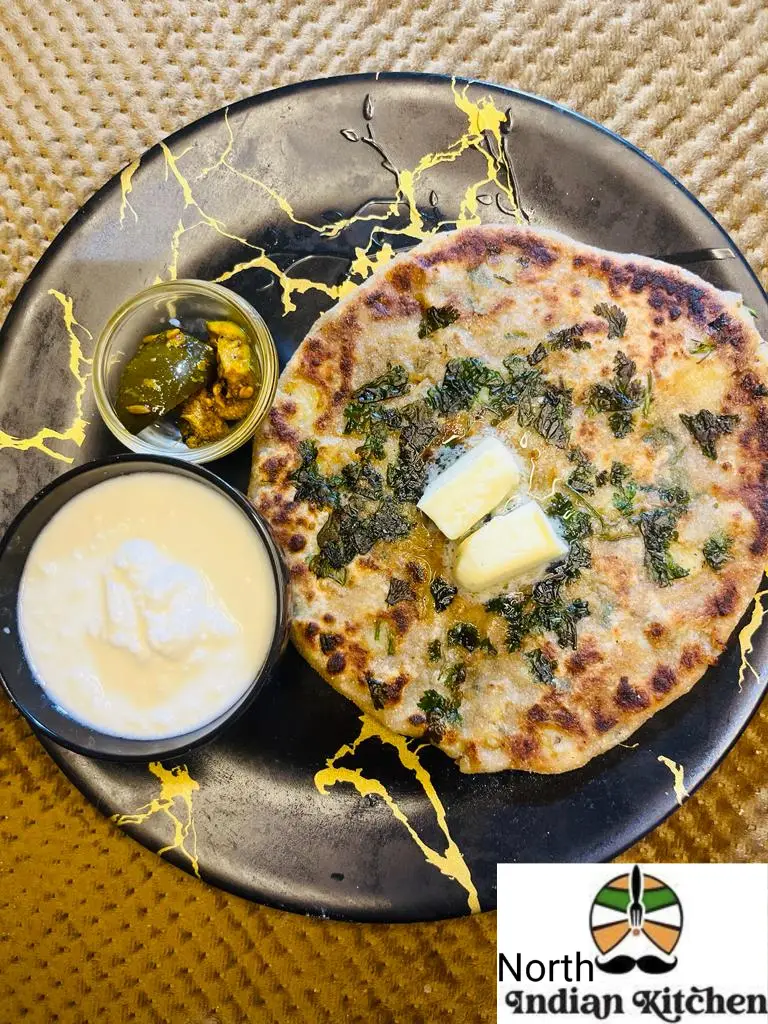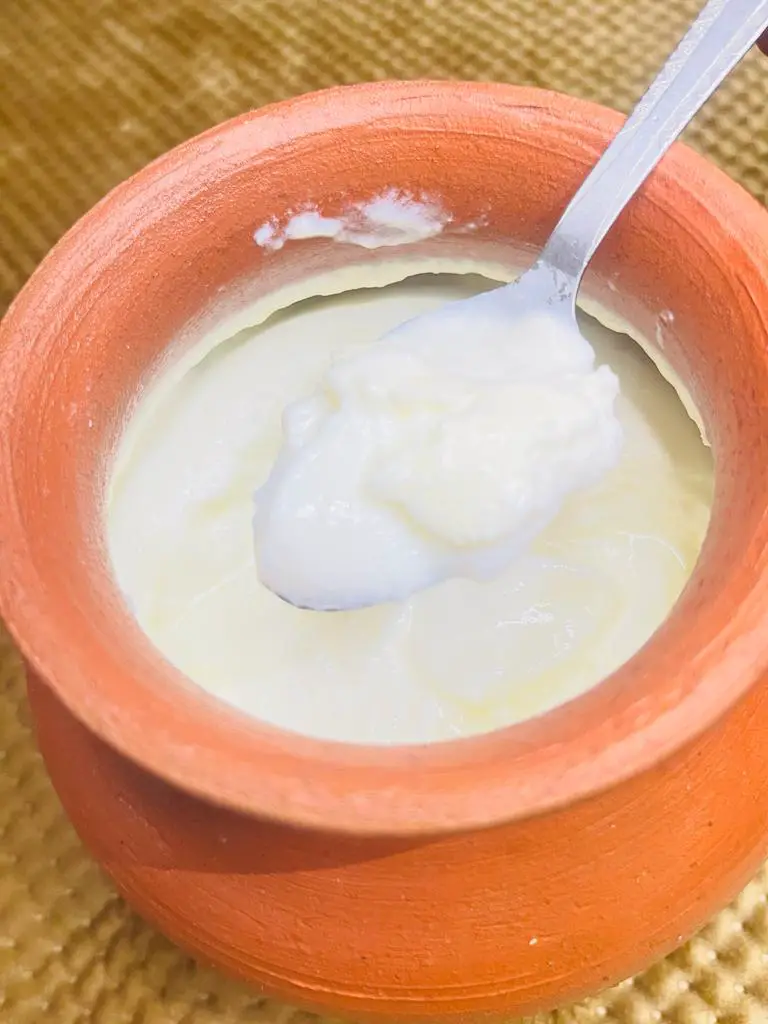Rava Idli Recipe | How to make Rava Idli | Easy to Make | Instant Homemade Recipe
Rava idli, also known as semolina idli or sooji idli, is a variation of the traditional idli that is made with semolina or rava instead of rice. It is a quick and easy recipe that does not require the lengthy fermentation process like the regular idli, making it a popular option for a quick breakfast or snack. Rava idli has a slightly different texture and flavor compared to traditional idli, but it is equally delicious and satisfying.Rava idli was originally invented as a quick alternative to regular idli when there was a shortage of rice during certain seasons. It has since become a popular variation of idli that is loved by many for its simplicity and taste. Rava idli is often preferred by those who are short on time or do not have access to fermented rice and lentil batter, as it can be made with simple pantry staples and does not require overnight fermentation.The main ingredient in rava idli is semolina or rava, which is a coarsely ground wheat product. Other common ingredients include yogurt, vegetables like carrots and peas, and a few spices like mustard seeds, urad dal, and curry leaves for tempering. The rava is mixed with yogurt and allowed to rest for a short period of time to soften, and then the batter is flavored with the tempering and steamed in idli plates to create soft, fluffy, and flavorful idlis.Rava idli is typically served with coconut chutney, tomato and onion chutney, or sambar, just like traditional idli. It can also be customized with variations such as adding grated vegetables, cashews, or coriander leaves for added flavor and nutrition. Rava idli is a popular breakfast or snack option in South Indian cuisine and is loved for its convenience, taste, and versatilitity.

Rava idli is a popular variation of the traditional South Indian dish, idli, that is made with semolina or rava instead of rice and urad dal. The main advantage of rava idli is that it does not require the long fermentation process that traditional idli batter undergoes. As a result, rava idlis can be prepared quickly and easily, making them a popular breakfast or snack option. Rava Idli is best to take in your breakfast.About Rava Idli
Fry spices & lentilsHow to make Rava Idli
- To the pan, add ½ teaspoon mustard seeds. Let the mustard seeds begin to splutter.

- Add 1 teaspoon husked and split Bengal gram (chana dal).
- Stirring often, fry chana dal till golden and crunchy.

- Now, add 10 to 12 chopped curry leaves, 1 pinch asafoetida (hing), 1 finely chopped green chili (about ½ to 1 teaspoon chopped).
- Mix well and fry for about 10 seconds. Keep the heat to a low.
- Now, add 2 cup rava or suji (finer variety of cream of wheat or semolina).
- Mix the rava very well with the ghee and other ingredients.
- Next, add 1 cup curd (yogurt) and ½ to ¾ cup water. Depending on the quality of rava and the thickness of curd, you can adjust the water.
- Tip 1: If the curd is liquid and has whey in it, then add ½ cup water. / Tip 2: If the curd is very thick, then add ¾ cup water. Basically, you need to get a medium consistency batter.

10.Roast rava till it become aromatic, changes color a bit (but should not get browned or golden) and the grains look separate. Stir often.
Roasting rava takes about 5 to 7 minutes depending on the thickness and heaviness of the pan and the heat intensity.
Once the rava is well roasted, keep the pan aside. Let the rava become cool.
11 .Mix very well and let the batter rest, covered for 20 minutes. The idli batter is neither thick nor thin in consistency. It has a medium consistency.
More Prep
12.Brush oil or ghee on the idli moulds.
13.Before you add fruit salt or baking soda to the batter, take 2 to 2.5 cups water in a pot.
Keep a small length trivet stand or rack in the pot. Heat the water till it comes to a Boil.
14.After 20 minutes, this is the consistency of the batter. In case the batter looks thick, add 1 to 2 tablespoons water to get a medium consistency.
Rava absorbs water. So, the batter might thicken after 20 minutes. If the curd is thick, then also you may need to add more water.
In case you have added more water in the beginning, you do not need to add any water at this step.
15.Sprinkle 1 teaspoon fruit salt or ¼ teaspoon baking soda evenly over the batter. I have used fruit salt.

18.Stack each idli plate and place them in the pot with the hot water. Cover with a lid and steam Suji Ki Idli for 10 to 12 minutes on medium heat.
19.I have used the pressure cooker for steaming and give 10 to 15 mins. After that I checked the idlis become soft from inner and hard from outer side. Keep a stopwatch or timer clock to check the time as pressure cooker doesn’ t beep because there is no whistle on it.
20.To check the doneness, a bamboo skewer or a fork / knife inserted in the steamed idlis should come out clean. Remove the idli plates carefully and let them rest for 3 to 4 minutes. Then, with a spoon remove the idlis. 21.Serve Rava Idli hot with sambar, coconut chutney or coriander coconut chutney. Rava Idli dipped in a white bowl having coriander chutney placed on a white marble backdropServing SuggestionsHere are some of the common as well as some not so common ways that you can serve the Suji ki Idli. Check them out:Coconut Chutney: Rava Idli tastes the best with the classic coconut chutney or a Coriander Coconut Chutney too.Sambar: These idlis made with rava also taste good with a sambar – a traditional South Indian vegetable stew cooked with lentils, vegetables and tamarind.Potato Sagu: Rava Idli and potato sagu – a lightly spiced potato curry from the cuisine of Karnataka – is a great combination.Idli Podi: Idli podi makes for a fabulous side with Rava Idli. It is a dry powder made with lentils and dried red chilies and has a spicy, earthy flavor along with a slight crunchy texture. Sesame oil or ghee is mixed with the podi to make a yum paste that is served with the idlis.
Rava Idli dipped in a white bowl having coriander chutney placed on a white marble backdropServing SuggestionsHere are some of the common as well as some not so common ways that you can serve the Suji ki Idli. Check them out:Coconut Chutney: Rava Idli tastes the best with the classic coconut chutney or a Coriander Coconut Chutney too.Sambar: These idlis made with rava also taste good with a sambar – a traditional South Indian vegetable stew cooked with lentils, vegetables and tamarind.Potato Sagu: Rava Idli and potato sagu – a lightly spiced potato curry from the cuisine of Karnataka – is a great combination.Idli Podi: Idli podi makes for a fabulous side with Rava Idli. It is a dry powder made with lentils and dried red chilies and has a spicy, earthy flavor along with a slight crunchy texture. Sesame oil or ghee is mixed with the podi to make a yum paste that is served with the idlis.Leavening Agent: 1 teaspoon of fruit salt (Eno) is perfect for the amount of rava and curd used in the recipe. Results in soft, fluffy idlis without the soapy aroma. If you use baking soda, add ¼ teaspoon (2 to 3 pinches) of it in the batter. The spices and herbs also add a lot of flavoring of their own in the recipe.Vegetables: I have added some grated carrots to the batter, which you can skip. You can even add steamed green peas. Just boil the peas beforehand and also grate the veggies ahead of time so they are ready to be added. You can also also include grated beets or finely shredded cabbage or finely chopped bell peppers.Curd (yogurt): I have used fresh curd. Both fresh or sour curd can be used to make the idli. Another variation of idli is this idli made with rice rava where cream of rice is used, instead of cream of wheat.Water: In case the curd you are using is thin and runny with lots of whey in it, add ½ cup water. If it is very thick, then add ¾ cup water. Adjust the quantity of batter to get a medium consistency batter.Idli pan: You will need an idli pan to make these steamed cakes. Idli pans are made to fit perfectly into a pressure cooker or steamer. If you can’t find an idli maker in the market, you can always order one online from Amazon.Expert Tips
Q. Which rava type is best?A. The fine variety of rava, not coarse. You can use Bombay or chiroti rava. Q. Why hard idlis?A. Eno or baking soda should be fresh and within their shelf period. If not fresh or active, they won’t leaven the batter, resulting in hard idlis. Also, the moment you mix in Eno, steam the batter immediately. If you keep the batter resting, the idlis won’t fluff. Q. Do I need to roast the rava?A. Yes. Roasting rava coats the fine rava grains with ghee, which helps in giving a light texture to the idlis, without being sticky or gluey. Q. Can I use buttermilk instead of curd?A. Yes. But add as much of it, till you get a medium consistency batter. Q. What if I want to skip fruit salt or baking soda?A. You can skip. But then the idlis won’t have a fluffy texture. They will be soft though, with a slight denseness. Q. Can I refrigerate the batter overnight and make idlis next morning?A. Yes, you can. But add Eno or baking soda just before steaming. The batter will also thicken. So, add a few tablespoons of water and mix well before steaming. Q. Can baking powder be used?A. No. Baking powder is not an alternative to baking soda or fruit salt. You will need to add more quantity of baking powder. This will result in metallic and bitter tasting idlis. Q. I do not have idli maker. What is the alternative for steaming?A. You can use a pan or bowl for steaming. Q. Why idlis have become crumbly?A. Adding more of the leavening agent gives a crumbly texture. Q. My idlis are sticky. Why?A. Not roasting the rava well and too much water can result in stickiness. Q. Why dry idlis?A. Less water and prolonged steaming will give a dry and denser texture.If you like this recipe then you can also try other breakfasts which are listed below.Eggless PancakesOmelette PizzaVegetable Besan Cheese ChillaMix Veg ParathaPlease be sure to rate the recipe in the recipe card or leave a comment below if you have made it. For more veetarian inspirations, Sign Up for my emails or follow me on Instagram, Youtube, Facebook , Twitter or Pinterest.FAQs
Rava Idli Recipe Card
Equipments
Ingredients
For Frying & Roasting
- 2 tablespoon Ghee
- ½ teaspoon Mustard Seeds
- 1 teaspoon Chana Dal (husked & split punjab gram or split &husked chickpeas)
- 10 Curry leaves (chopped)
- 1 pinch Asafoetida (optional)
Foe Batter
- 2 tablespoons Coriander leaves (chopped)
- ½ teaspoon Salt/add as required
- 2 cup Rava-350grams (sooji, semolina, cream of wheat)
- 1 cup Curd (yogurt)
- ½-¾ cup Water/add as required
- 1 teaspoon Fruit salt/Baking soda
Instructions
- To the pan, add ½ teaspoon mustard seeds. Let the mustard seeds begin to splutter.2. Add 1 teaspoon husked and split Bengal gram (chana dal).3. Stirring often, fry chana dal till golden and crunchy.4. Now, add 10 to 12 chopped curry leaves, 1 pinch asafoetida (hing), 1 finely chopped green chili (about ½ to 1 teaspoon chopped). 5. Mix well and fry for about 10 seconds. Keep the heat to a low.6. Now, add 2 cup rava or suji.7. Mix the rava very well with the ghee and other ingredients.8. Next, add 1 cup curd (yogurt) and ½ to ¾ cup water. Depending on the quality of rava and the thickness of curd, you can adjust the water.Tip 1: If the curd is liquid and has whey in it, then add ½ cup water. / Tip 2: If the curd is very thick, then add ¾ cup water. Basically, you need to get a medium consistency batter. 9. Roast rava till it become aromatic. 10. Roasting rava takes about 5 to 7 minutes depending on the thickness and heaviness of the pan and the heat intensity. 11. Once the rava is well roasted, keep the pan aside. Let the rava become cool. 12. Mix very well and let the batter rest, covered for 20 minutes. The idli batter is neither thick nor thin in consistency.13.Brush oil or ghee on the idli moulds.14. Take 2 to 2.5 cups water in a pot.15. Keep a small length trivet stand or rack in the pot. Heat the water till it comes to a Boil. 16.After 20 minutes, this is the consistency of the batter. In case the batter looks thick, add 1 to 2 tablespoons water to get a medium consistency.Your Idlis are Ready.
Video
Notes
- Kindly use the finer variety of rava and not the coarser or bigger ones. You can use bombay rava or chiroti rava.
- The rava has to be roasted well in ghee so that they do not become sticky after steaming.
- Fruit acid and baking soda are the leaving agents used in the recipe. You can add either of them. Do make sure they are fresh and within their shelf period. If they are not fresh or active, they won’t leaven the batter resulting in hard rava idli.
- No idli pan, no problem: Use a cake pan or bowl for the batter and steam. Once steamed well, then slice in wedges or cubes.






I have made idli with your prescribed recipe and it was made awesome. Thanks North Indian Kitchen.
Thanks for your feedback. We are very glad that you like our recipes.